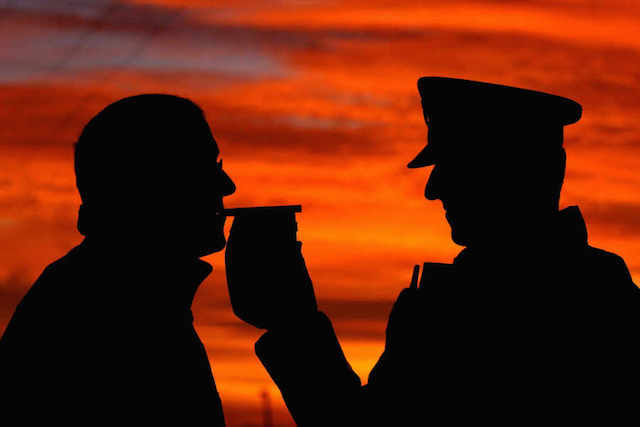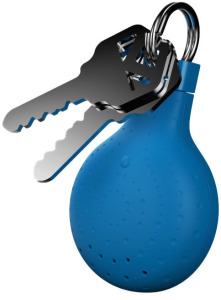
Alcohol and speed, say police, were a factor in at least eight of the 17 deaths on NZ roads over the Christmas/NewYear holidays, a grim statistic that began in the same month as the lower drink/drive limit.
The toxic combination therefore caused 47 per cent of the December 24-January 5 holiday deaths, or almost one in two. “It is a bad decision to drive after drinking. It’s that simple”, said Assistant Police Commissioner Dave Cliff.

Five weeks ago the drink-drive limit was cut from 400 micrograms of alcohol per litre of breath to 250mcg, and the blood alcohol limit from 80mg to 50mg of alcohol per 100ml of blood. The new limit brought NZ into line with Australia, France, the Netherlands, and Demark.
NZ police studies have concluded that alcohol is a factor in around 30 per cent of the nation’s fatal road crashes. It’s a similar statistic in the United States, where 31 per cent of the more than 30,000 road deaths in 2013 involved alcohol.
Road safety advocates in the US have backed for some years the use of personal breathalysers in bringing down drink-drive statistics. A new model, called the Breeze, is getting plenty of attention because it syncs via Bluetooth to a smartphone app.
In addition to the usual check of blood alcohol content (BAC), the device gets more information from the app about the reading, like estimating the time needed for the BAC to return to zero.
The app also retains the test results to let owners see the rate they metabolise alcohol for better planning next time. That’s not all – the app can call either a taxi or a designated driver from your list of contacts.
The company says: “Breeze uses a electro-chemical fuel cell sensor—delivering law enforcement grade accuracy for dependable results. No warm up time required—so simply launch the app, turn on Breeze and blow for two seconds.” Breeze costs $US100.

How blood/alcohol content affects your driving
0.02 to 0.05 – Reduced ability to see or locate moving lights; reduced ability to judge distances; increased tendency to take risks; decreased ability to respond to several stimuli
0.05 – Twice as likely to have a crash
0.05 to 0.08 – Further reduction in ability to judge distances; impaired sensitivity to red lights; slower reactions; shorter concentration span
0.08 – Five times more likely to have a crash
0.08 to 0.12 – Overestimate driving ability; ‘euphoria’ sets in; reckless driving; impaired peripheral vision; impaired perception of obstacles; 10 times more likely to crash
2014 road toll up 17 per cent on 2013
• The 297 deaths on NZ roads last year were UP around 17 per cent on the 253 in 2013.
• The 1155 deaths on Australian roads in 2014 were DOWN around 3 per cent on the 1192 in 2013.
• The deadliest region in NZ was the central North Island, through the Waikato, Bay of Plenty, and Gisborne/Hawkes Bay, according to government statistics.
• Roads in those parts of the country claimed 98 people – 33 per cent of the 2014 toll. In 2013, 61 people died on roads in the same regions. Those 61 deaths accounted for 24 per cent of the 2013 toll.
• Roads in Canterbury, Otago and Southland last year recorded a combined 69 deaths, or 23 per cent of the toll. Auckland/Northland was the third worst area, with 57 deaths, or 19 per cent.
• The fewest road deaths last year were the seven in Nelson/Marlborough and the nine on the West Coast.
• The Waikato remains the nation’s black spot. Last year it recorded 47 deaths, or 15.8 per cent of the overall toll. Roads there in the past five years have claimed 277 lives. In the same period 232 people have died on Auckland roads and 203 on those in Canterbury.
• Eerily, the Waikato’s 277 victims also represent 15.8 per cent of the 1749 people who died on NZ roads between 2010-2014.
